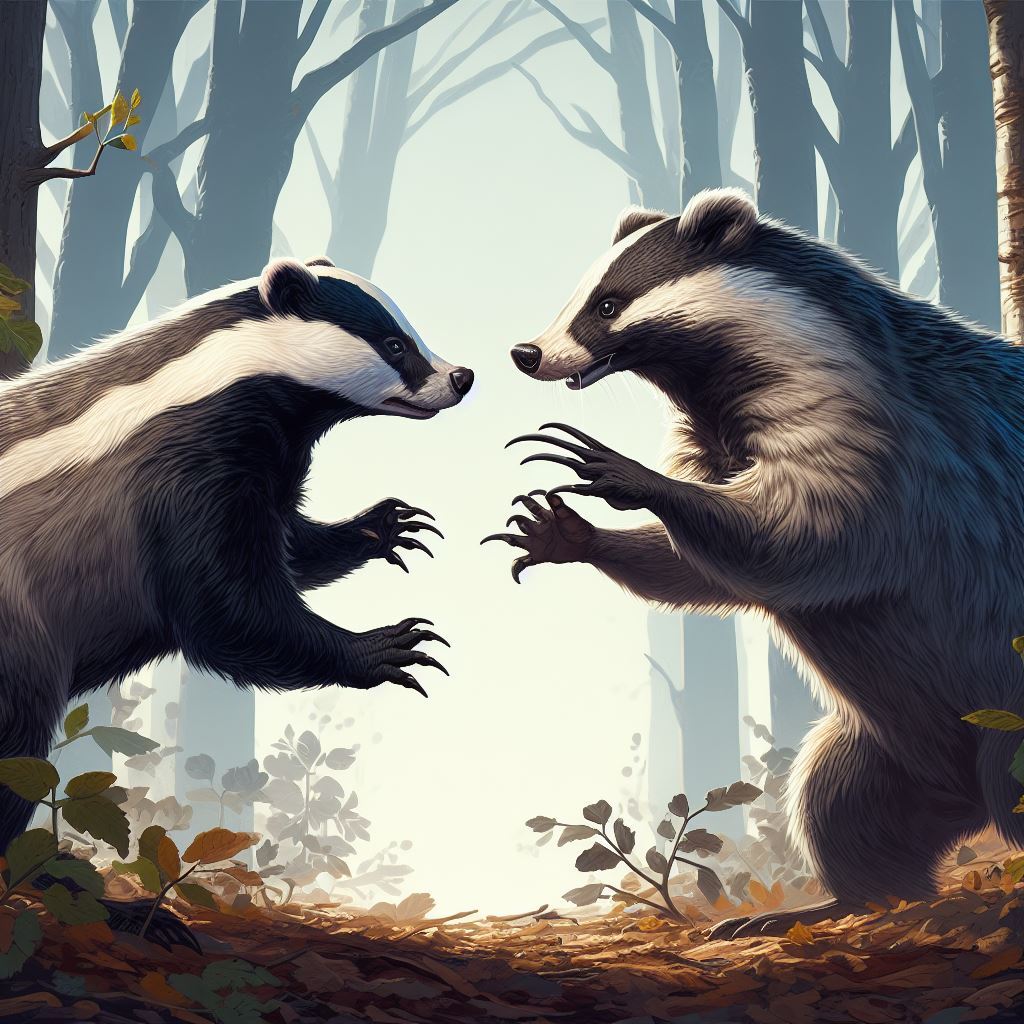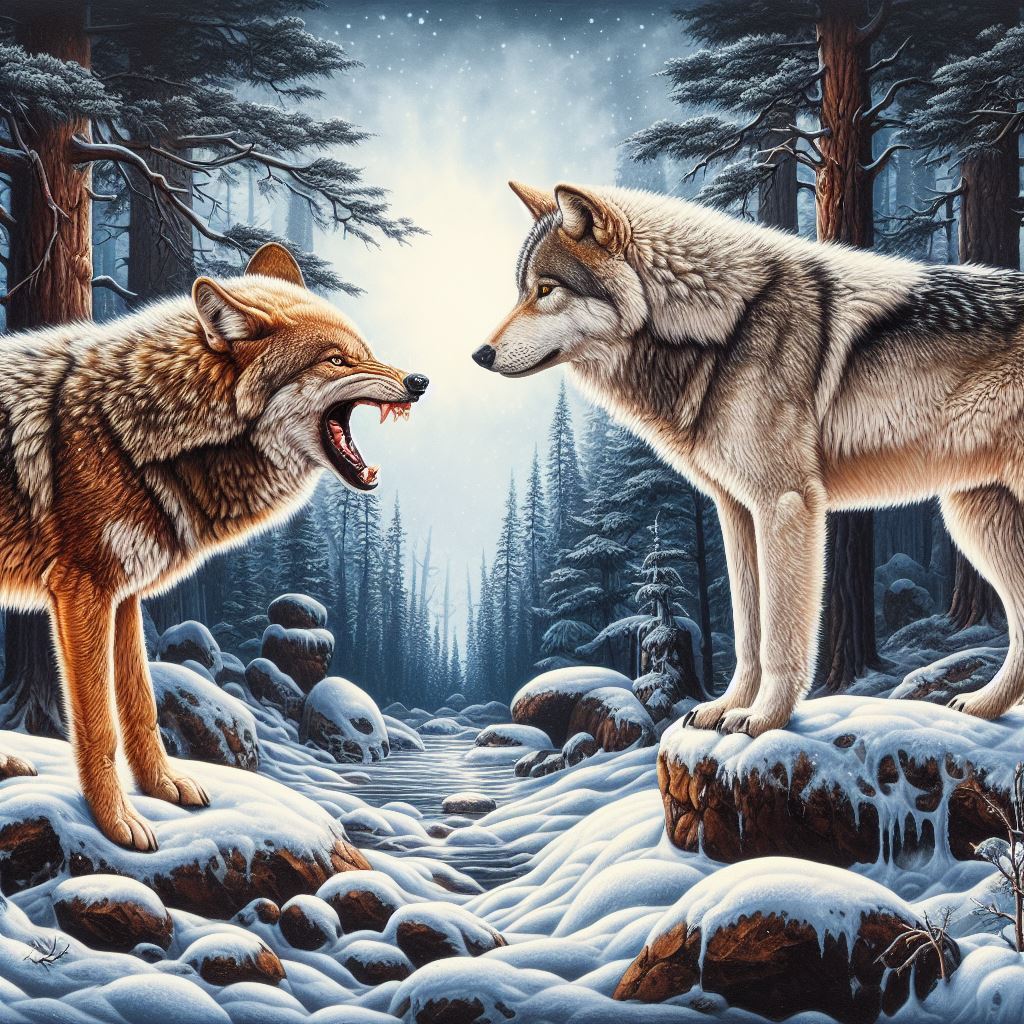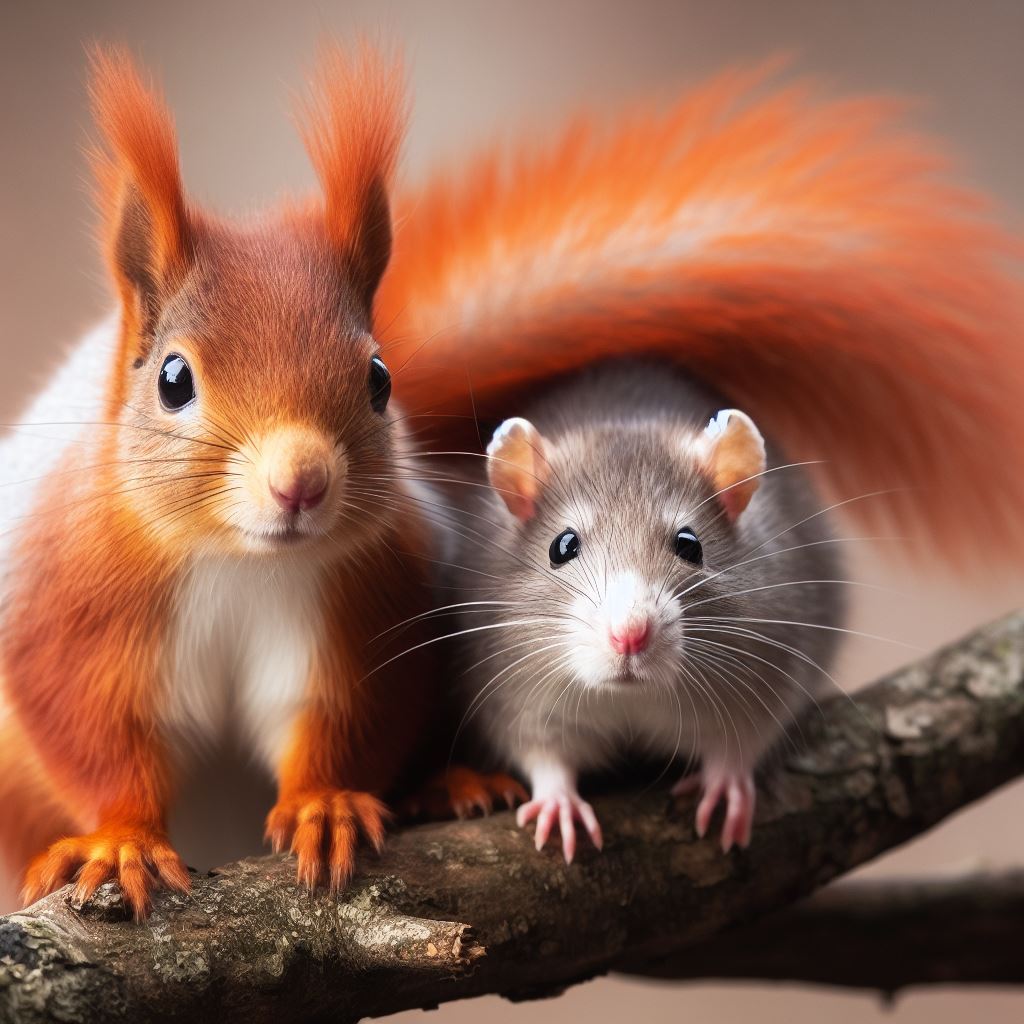
Are you curious about the fierce battle between two unique creatures of the animal kingdom? In this article, we delve into the world of badgers and raccoons, exploring their similarities, differences, and ultimately, who would emerge victorious in a showdown. Both badgers and raccoons are medium-sized mammals, but that’s where the similarities end. Badgers can be found in Europe and America, while raccoons are exclusive to North America.









